This post is all about the easy ways to water your garden.
Water conservation in the garden is now simpler than ever due to increased knowledge of drought-tolerant planting techniques and plants. Water management techniques include mulching, irrigation at night, and preserving healthy soil. However, the products you use in your garden may have an effect.
Choosing long-lasting garden items will help you save money. Here are some of the most effective water-saving gardening tools on the market today.
10. Micro-clover for a better, blended lawn.
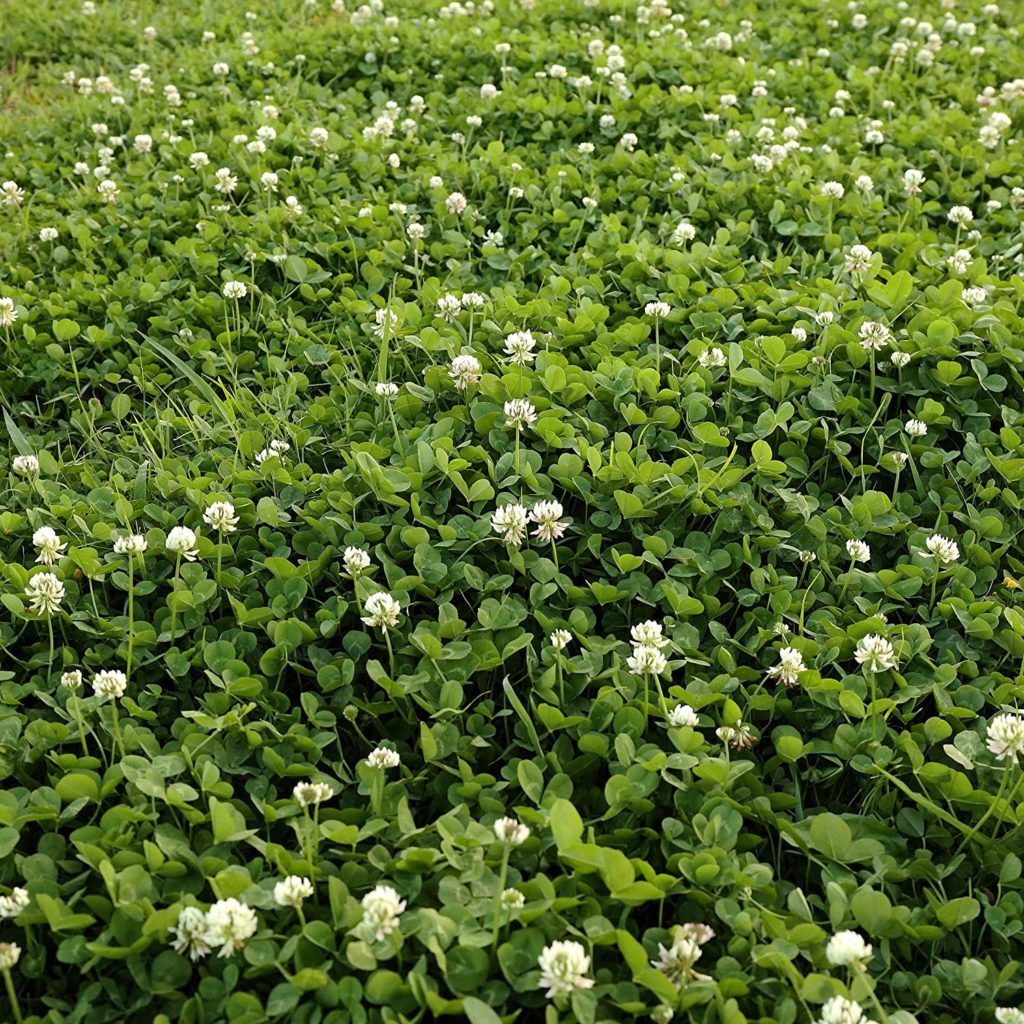
Micro-clover, a fine-leafed, drought-tolerant plant grown in Denmark, is another water-saving choice for your lawn. Micro-clover not only needs less water than normal grasses and clovers, but it also grows rapidly and evenly. On the other hand, traditional white clover can form clumps and resemble weeds.
But why would you want to plant clover in your lawn in the first place? The solution is straightforward. Clover is a plant that fixes nitrogen in the soil. That is, as it grows, it absorbs nitrogen from its surroundings, reducing the need for chemical or organic fertilizers. Part of the nitrogen is often left behind for the rest of your lawn to use.
Micro-clover is often used in conjunction with other plants. It offers lush coverage that stays green longer when combined with fescues and other ground covers, even though water shortages are looming.
9. Drought-tolerant grass seed.
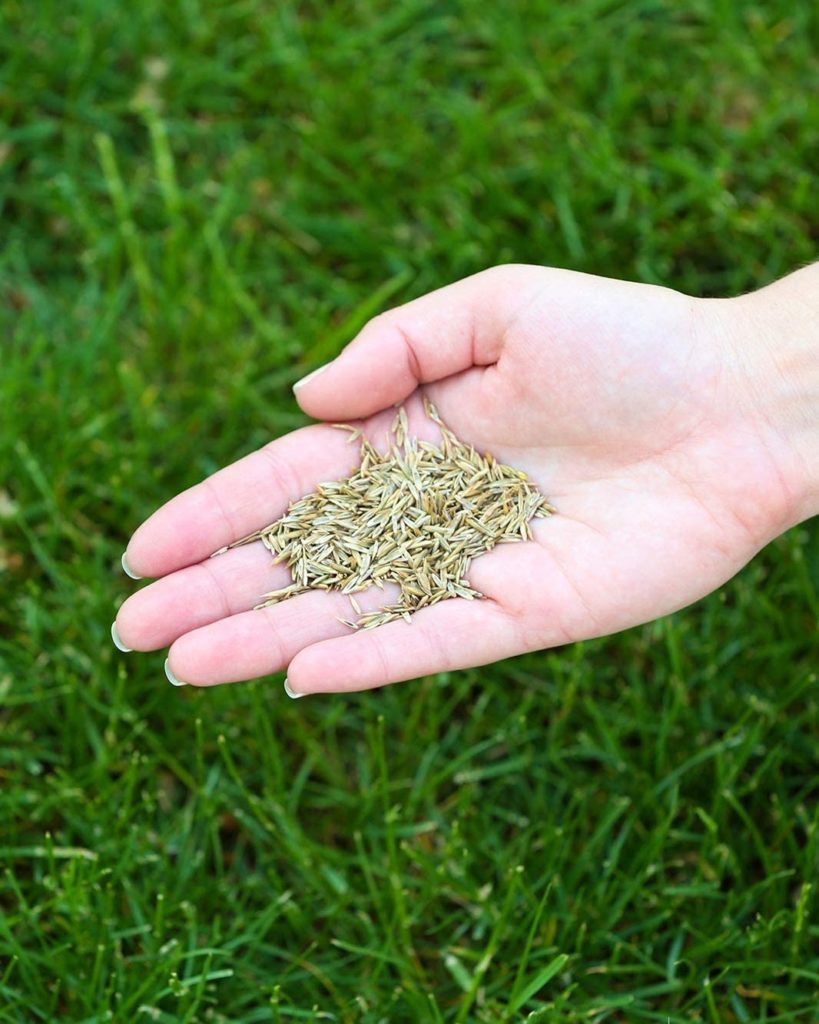
What if you could plant drought-tolerant grass in your lawn that only needed watering once a month? The same grass will grow thick and dark green without the use of fertilizer or chemicals. It will also be less susceptible to rodents and grubs than typical lawn grasses.
Fortunately, this isn’t a homeowner’s nightmare. Wildflower Farm in Ontario, Canada, grew Eco-Lawn, a blend of carefully selected fescue grasses. Eco-Lawn has been one of the most environmentally friendly ways to develop a lawn. It’s best to plant it between late August and late September when temperatures are between 10°C (55°F) and 25°C (77°F) for optimum. Sow on hills, under trees, and everywhere else you’d like to have a lawn.
8. Automatic watering timer, so you don’t forget.
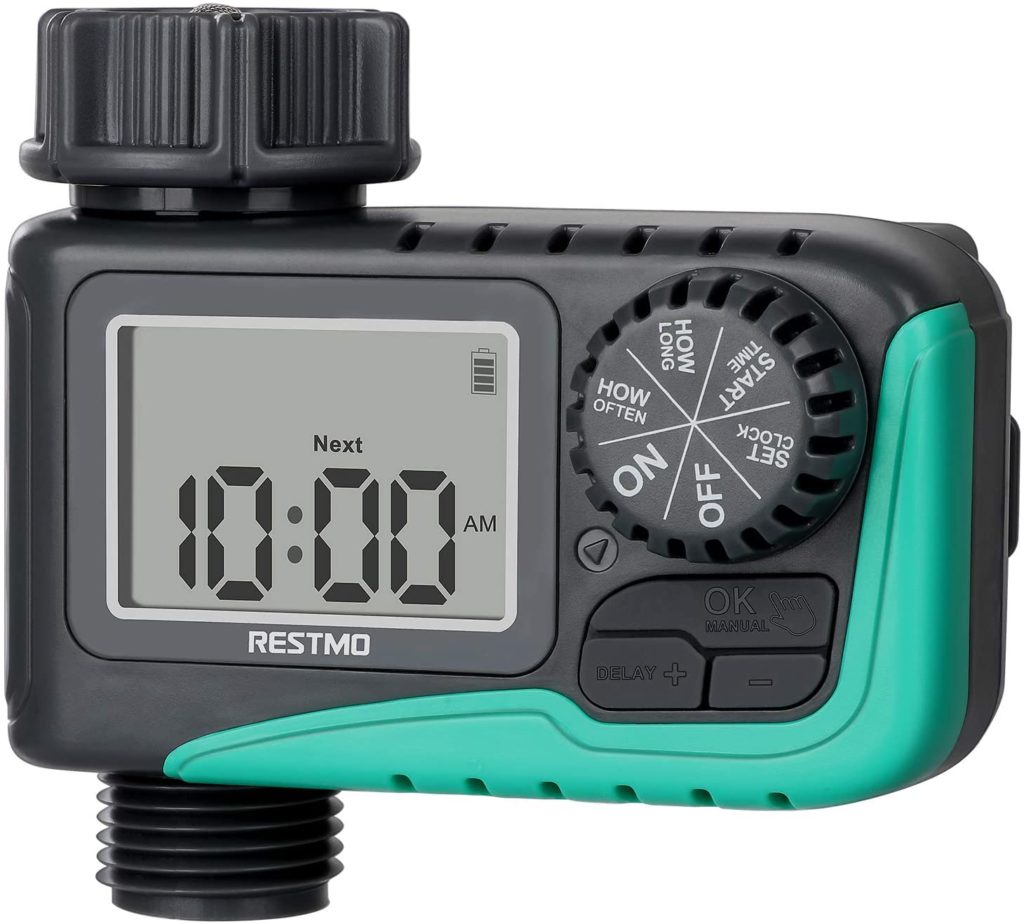
Have you ever forgotten to turn off your sprinkler after leaving it on for a few minutes to water a garden bed? The amount of water lost due to inattention or overwatering is a significant problem—but one that is quickly remedied.
You will have complete control over how much water you add to your garden by installing an automatic timer on your hose, sprinkler, or soaker hose. This isn’t a complex setup. Attach one end to your faucet and the other to your preferred hose. The timer can be set for up to 120 minutes.
7. Downspout rain diverter.
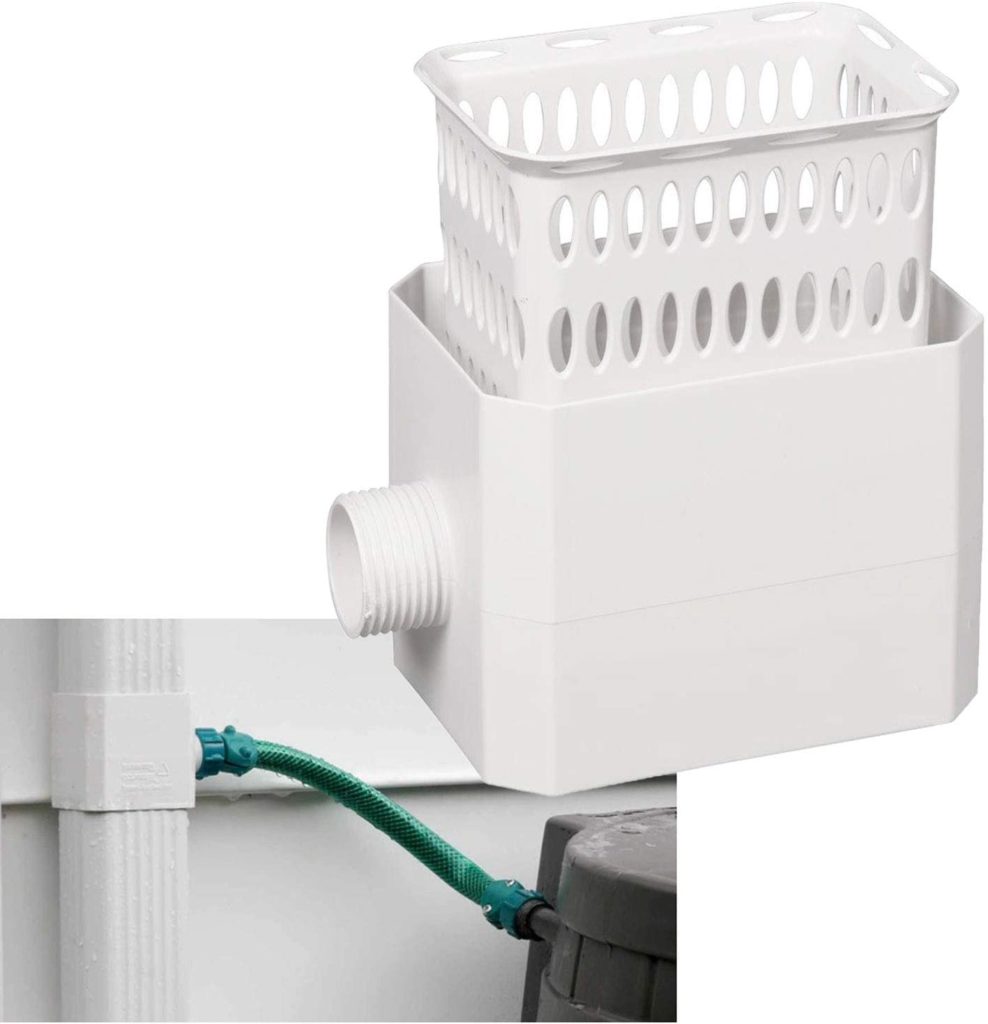
A downspout diverter made of galvanized steel will direct rainwater from your gutters directly into your rain barrel or other water catchment system, ensuring that no water is wasted. It comes in two sizes to match regular home downspouts (both rectangular and round). If you live in a cold environment, simply close the diverter flap over the winter, and your downspout will work normally. There’s no need to disassemble or take down the diverter.
One of the best (and least expensive) ways to preserve water supplies is to divert and save rainwater.
6. Tree watering bags for the newly planted.
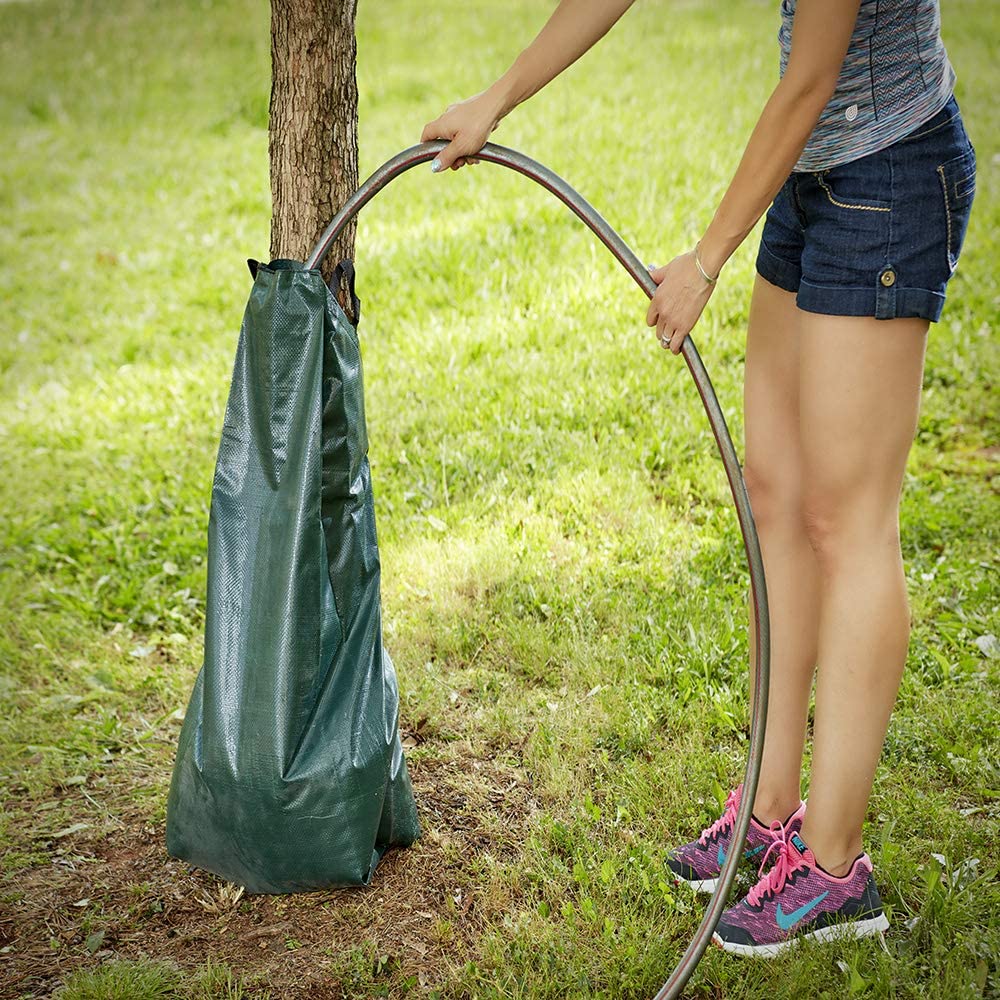
You may have seen these water-saving devices being used in your neighborhood. These small bags used by both homeowners and businesses to provide regular, reliable water to newly planted plants are simple and durable.
Their most distinguishing characteristic is the rate at which water flows. They’ll deeply saturate your tree over a watering period of 5-9 hours any time you water (that is, fill the bag). Deeper saturation ensures that your tree’s roots stay put, allowing for better anchoring and growth. Water is sent down 12 inches to the root zone.
It is UV stabilized and made of polyethylene with nylon webbing to withstand exposure to sunlight. Until removing, use for one or two seasons to create new tree roots.
5. Water-saving hose nozzle.
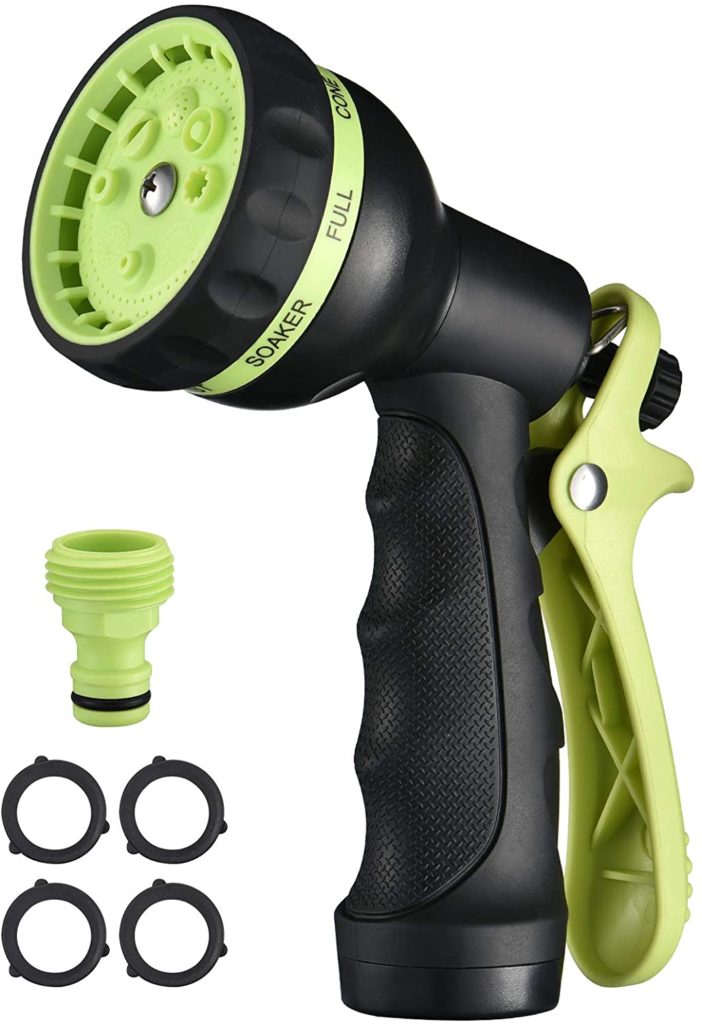
More water efficiency with less waste is the promise made by this product, and it does not disappoint. This adjustable hose nozzle is designed for pressure compensation, so no matter what setting you want, you’ll save water. Control the flow of water for watering and other purposes.
4. Watering wand that mimics rainfall.
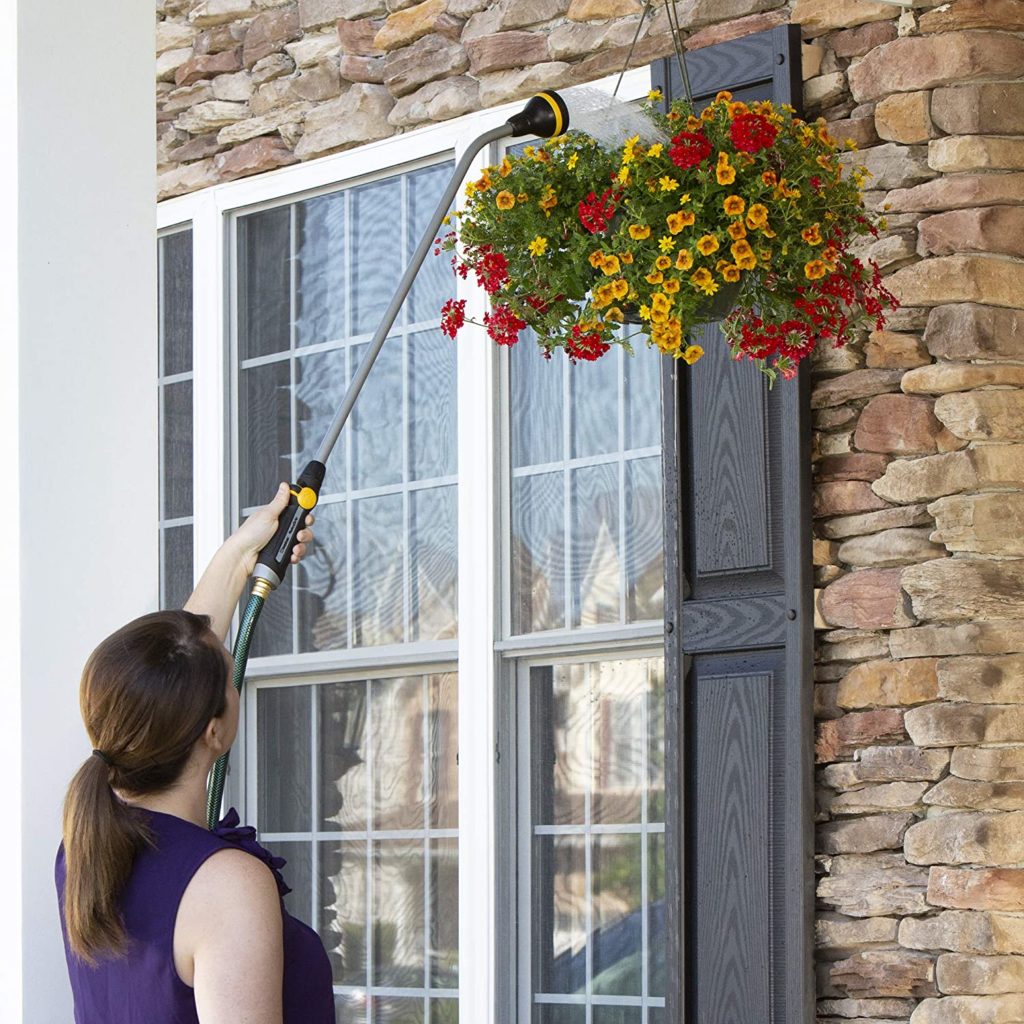
Although hand watering your garden beds can be a pain, there are times when it is the best choice. A multi-purpose watering wand can make this job even easier by directing the water flow where it’s needed.
Choose a wand with various settings, ranging from a fine mist for seedlings to a shower for mature plants. The watering wand is one of our favorites because it has a thumb-controlled valve that allows you to turn off the water flow without wasting any water instantly. Its long-lasting metal construction adds to its durability.
3. Clay watering vessels to feed thirsty plants.
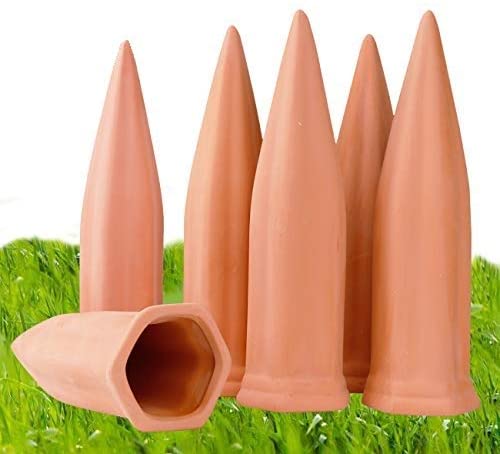
Farmers have been using unglazed clay vessels (known as ollas) to water their crops for over 4000 years. The premise is straightforward. Bury these ollas in the dirt, but leave the long neck protruding above ground level. To prevent mosquito breeding and infection, fill the pot every few days and cover the opening with a cap or stone.
Water will flow through the vessel towards the roots of plants through suction from the soil and the plants themselves over the next 24 to 72 hours. Plants just take and use what they need.
2. Repurposed rain barrels.

In Australia and other dry climates, rain barrels and cisterns are commonplace. When rainwater is scarce, it makes sense to collect it for later use. These barrels, which were initially designed to transport olives from Europe, are workhorses that are built to last.
The 60-gallon capacity is large enough to water your garden during droughts or wash your car on a hot day. Clogging and pollution are avoided by using an insect and debris screen. You can also mount a diverter above your barrel to direct rainwater directly into your barrel.
1. Soaker hoses.
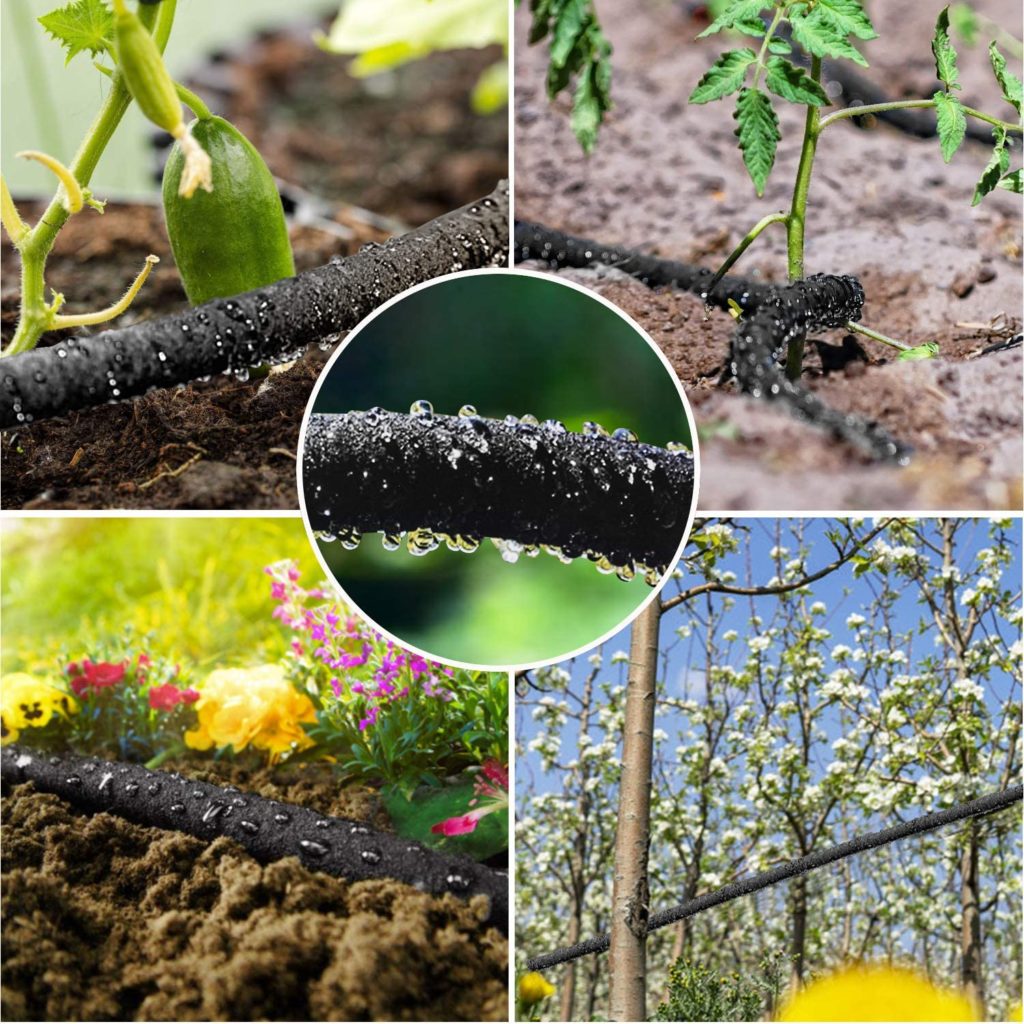
Many gardeners are aware that, while convenient, overhead sprinklers waste more water than any other watering device. They’re also ineffective in vegetable gardens and flowerbeds, despite being one of the best ways to water your lawn. Slow, low watering close to the soil surface benefits deeper-rooted plants. This reduces moisture loss due to evaporation and water flow misdirection.
Many gardeners prefer soaker hoses because they provide constant moisture to plants below the leaf level. This minimizes fungal problems while growing the amount of water that enters your garden’s root zone.
It’s effortless to install a soaker hose. You’re good to go once you’ve connected it to your faucet. You may also use an automatic timer to water your plants in the middle of the night when the water is least likely to evaporate.
This post has been all about the easy ways to water your garden.
If you are looking to start your garden, check out the links in the description for our recommended books and audiobooks.
Don’t forget to download the free ebook too.
Backyard Gardening Book (paperback)
Backyard Gardening Book (audiobook)
Urban Gardening Book (paperback)
Urban Gardening Book (audiobook)

